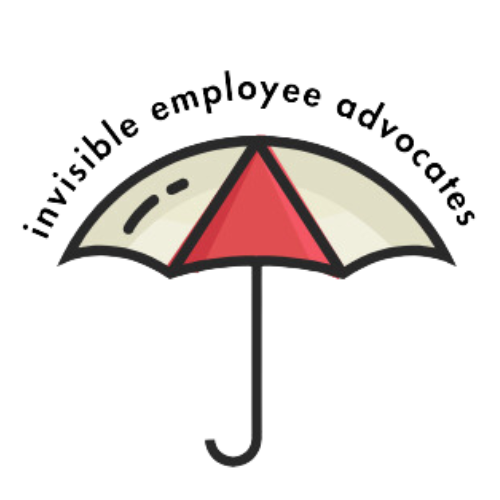The True Cost of Unpaid Family Caregiving (7/15/25)
These prices have to be a mistake! I can’t afford these eggs! Recently, exclamations like this could be heard in the diary sections of grocery stores across the nation. In March 2025, the national price for a carton of eggs reached an all-time high of $8.15 per dozen. Some states reported prices as high as almost $10.00 per dozen. Store owners cited bird flu outbreaks that reduced the hen population, inflation resulting in higher costs for feed and labor, and state regulations mandating cage-free eggs as reasons for the inflated egg prices.
You may wonder what the cost of eggs has to do with family caregiving. Well, the point here is that rising egg prices did not go unnoticed, even by people who do not eat eggs! This became a prime topic in the morning news as consumers tried to make sense of why they might have to get used to a breakfast of bacon and toast, without eggs. To the contrary, the staggering costs of services performed by unpaid caregivers remain largely unknown and unimportant for many in the care economy. According to the AARP’s most recently available report on the cost of unpaid care, Valuing the Invaluable (2023), if family caregivers were paid for their services, it would cost about $600 billion a year. This is a huge increase from $470 billion in 2017. A new report is expected to be released in 2025, and we anticipate that these numbers will again show a substantial increase.
To drive our point home, let’s talk about the “true” costs of family caregiving for the caregivers doing the work, and the domino effect on employers and the care economy. We may have brought some of this data to your attention in previous blogs, but we feel these numbers are important enough to keep in the spotlight.
The Costs to Employees
Society is a major beneficiary of unpaid caregiving; however, the financial burden for individuals can be heavy. Research shows that 78% of family caregivers incur out-of-pocket costs totaling, on average, about $7200 per year. These costs can be higher in situations involving a care recipient with complex medical needs. The financial stress for caregiving employees is often compounded by the need to reduce work hours, change to jobs that are more flexible, or sacrifice their careers altogether to take care of their loved ones. According to research by the Rosalynn Carter Institute, employees who cut back on or leave their paid jobs lose, on average, about $304,000 in earnings and benefits over their lifetimes.
The Costs to Employers
US businesses are not unscathed by the influence of unpaid family caregiving in the workforce. More than 1 in 6 employees are also family caregivers. Caregiving-related impacts, including presenteeism, absenteeism, and turnover, are estimated to cost employers about $33 billion annually. About 61% of employees admit that caregiving has negatively affected their job performance. Employers often incur increased healthcare costs for caregiving employees due to stress, depression, or burnout associated with their caregiving responsibilities. To further indicate the costs to employers, SHRM’s latest research report, Care and Careers: Navigating Care and Work Responsibilities, revealed these findings:
48% of caregiving employees resorted to the use of vacation or personal time
28% reduced their work hours or stopped their retirement contributions
21% reduced their workload
14% left their jobs in search of more flexibility
According to SHRM’s report, when working caregivers don’t get the support they need from their employers, $17.5 billion is lost every month.
Our Two Cents
As you can see from the numbers we just shared, the real financial story behind unpaid family caregiving in this country is ironic. Not only are the individuals performing the services not receiving compensation, but they are also contributing out of their own pockets to cover the expenses associated with caring for their family members.
As we see how the negative publicity and public outrage about the exorbitant cost of eggs helped to drive down the prices, we have to wonder why the startling costs around family caregiving are not flooding our news each morning. Instead, the news media remains silent about the funds a caregiver must scrape together to pay for supplemental care services for a loved one, the significant costs employers suffer resulting from insufficient support of their caregiving employees, and the substantial impact it all has on the care economy in this country.
Interestingly, our society draws a line of intolerance around high egg prices but remains silent regarding the financial battering that family caregiving heaps on our economy day after day. Unfortunately, until the financial struggles around the unpaid caregiver crisis take their rightful place of prominence in our personal and professional conversations and communications, not much will change. Let’s talk about it!
Until the next blog!
Thank you for being here, for listening, and for caring!
References
AARP & National Alliance for Caregiving, Caregiving in the US (2023).
AARP Public Policy Institute, Valuing the Invaluable (2023 Update).
Harvard Business School, The Caring Company (2019).
Rosalynn Carter Institute for Caregivers, Working While Caring: A National Survey (2021).
SHRM, Caregiving: The Hidden Job Title Affecting Your Bottom Line.
